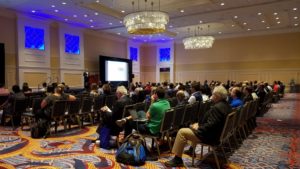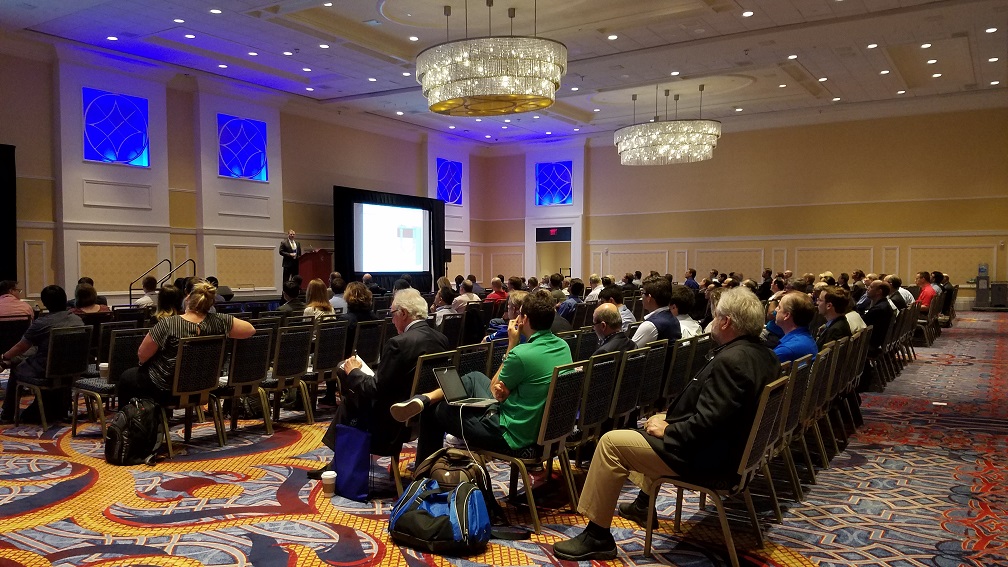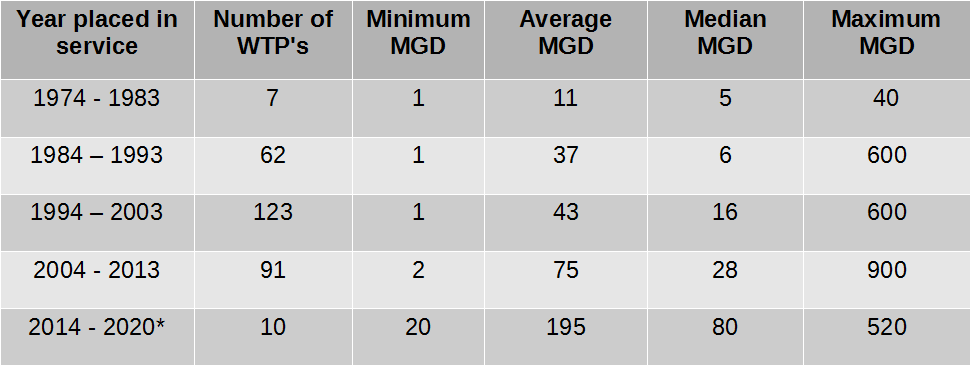This week during the IOA show in las Vegas, I had the opportunity to meet up with PHD candidate Hooman Vatankhah. He was one of our recent clients who was in need of a high concentration ozone analyzer, calibration services as well as some consulting to assist in his ozone research at the Colorado School of Mines.
Since 2015 the IOA-PAG has been holding a silent auction at their annual conference to fund a Memorial Scholarship Award in the honor of past IOA leaders including Dr. Rip Rice, Mr. Kerwin Rakness, Dr. Gordon Finch, and others.
Hooman, along with 5 other students from other universities were recipients of the 2018 Memorial Scholarship, and presented their ozone research.

His research was the Evaluation of Enhanced Ozone-Biological Active Filtration Treament for the Removal of 1,4-Dioxane and Mitigating the Formation of Disinfection Byproducts.
Ozone research is key to better understand how ozone could be beneficial in many applications, and I happy to be apart of it by providing our products and services!
See Hooman’s Abstract below:
Abstract: With dwindling available water supplies in the Unites States and many regions worldwide, potable reuse of municipal wastewater effluent has become an imperative component of water resource management to mitigate the global water resource risk .Conventional potable reuse applications employ ‘full advanced treatment (FAT)’ consisting of microfiltration (MF), reverse osmosis (RO), and advanced oxidation processes (AOPs: mainly using a combination of ultraviolet (UV) and hydrogen peroxide (H2O2) treatment) that provide acceptable performance in removing bulk organic matter, micropollutants, pathogens, and bio-toxicity. Limitations of RO however, include high operation costs, concentrate disposal, and strict requirements for influent water quality (i.e. organic matter content and suspended solids), which have caused several utilities to consider more sustainable alternative treatment technologies. Implementation of an alternative reuse process component consisting of ozonation followed by biological activated filtration (BAF) has gained considerable attention especially for waters with low salinity or waters with blending capacity in case of elevated total dissolved solid (TDS). The objective of this study was to assess and compare the O3-BAF with enhanced ozonation (O3/GAC)-BAF treatment of sequence batch membrane bioreactor (SBMBR) effluent for removal of 1.4 dioxane. Moreover, the effectiveness of O3-BAF, and (O3/GAC)-BAF for removing of 35 regulated and unregulated halogenated DBP precursors, 7 N-nitrosamines, and bromate was investigated.


